Photos of the World’s Religions, By Missionaries Who Knew Nothing About Them
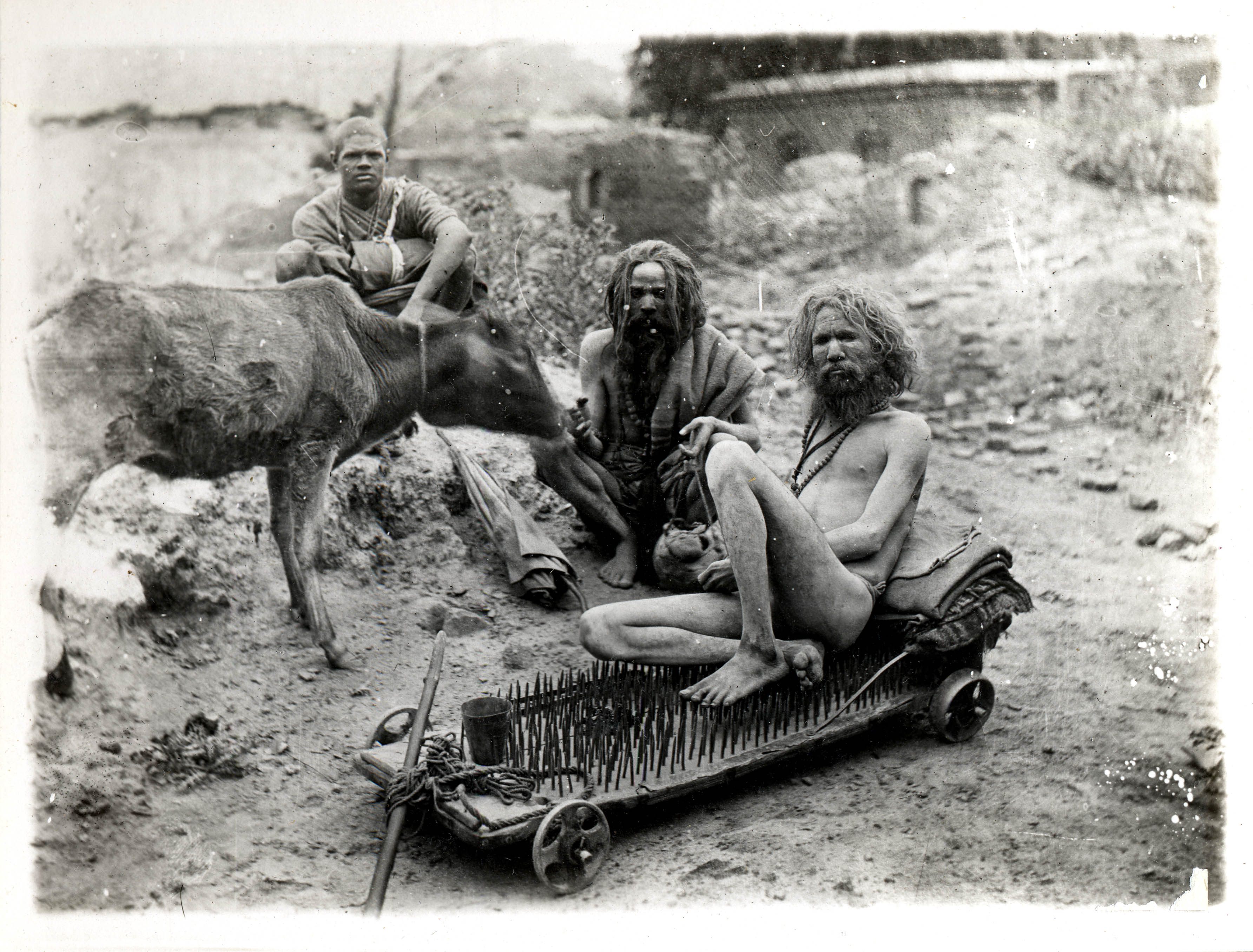
(All images: Special Collections, Yale Divinity School Library)
In the 19th and 20th centuries, one particular class of explorers traveled overseas not to gain new knowledge, but to spread ideas they already believed in. European and American missionaries flocked to Africa and Asia with boxes full of Bibles and, often, minds closed by conviction. They brought back records and photos of their experiences, and, occasionally, new respect for other religions. These portrayals of worldwide faiths, filtered through a Christian lens, were as close as most Westerners of that time came to an idea of global diversity.
“Missionary Portrayals of World Religions,” which runs through the end of October at Yale Divinity School, showcases artifacts from this era of clashing cultures—everything from voyeuristic photographs sent home to garner support, to written accounts and scientific inquiries driven by pure curiosity. Years later, as so often happens, they reveal at least as much about the photographers and authors as they do about the subjects.
The Hindu men shown above expressed their religious convictions by walking on beds of spikes. This photo is by W.K. Norton, who traveled to Benares, India in the 1920s with the Baptist Pilgrims Mission. Norton used these photographs to convince Europeans to send more financial support. His mission: to save practitioners of other religions from what he considered “self-torturing activities.”
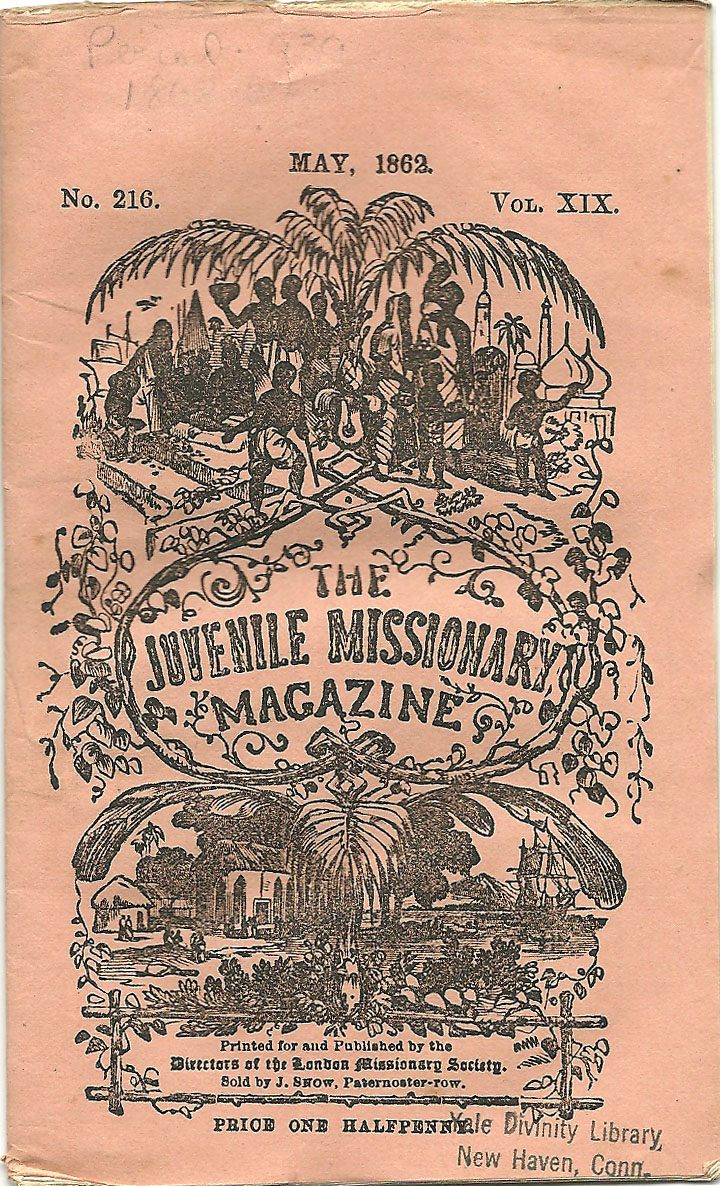
The May 1862 issue of “Juvenile Missionary Magazine” was of many missionary periodicals for young Christians, which often described the religions and customs of children abroad in articles like “Idolatry at Bagadry” and “The Hindoo Girl.”
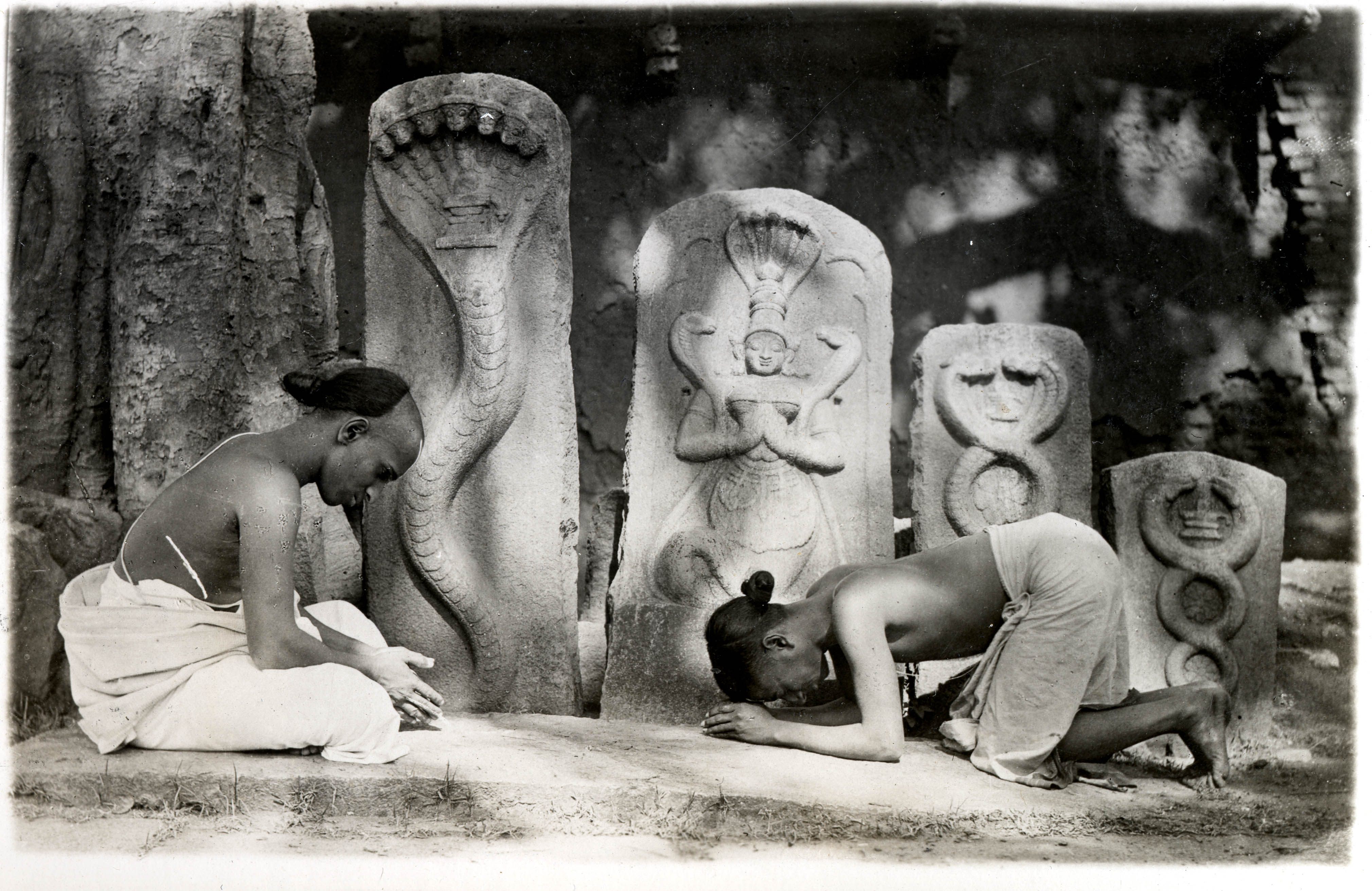
Two Hindi men worship stone carvings of snakes in Varanasi, India, in another image designed to shock Europeans—also from the albums of W.K. Norton, who captioned it: ”Many of the heathens believe their idols are demon possessed.”

Dr. John Scudder, an American missionary to India, appeals to younger generations of Catholics in this hand-illustrated letter, in which he congratulates them on having raised money “to buy Bibles for the Heathen.”
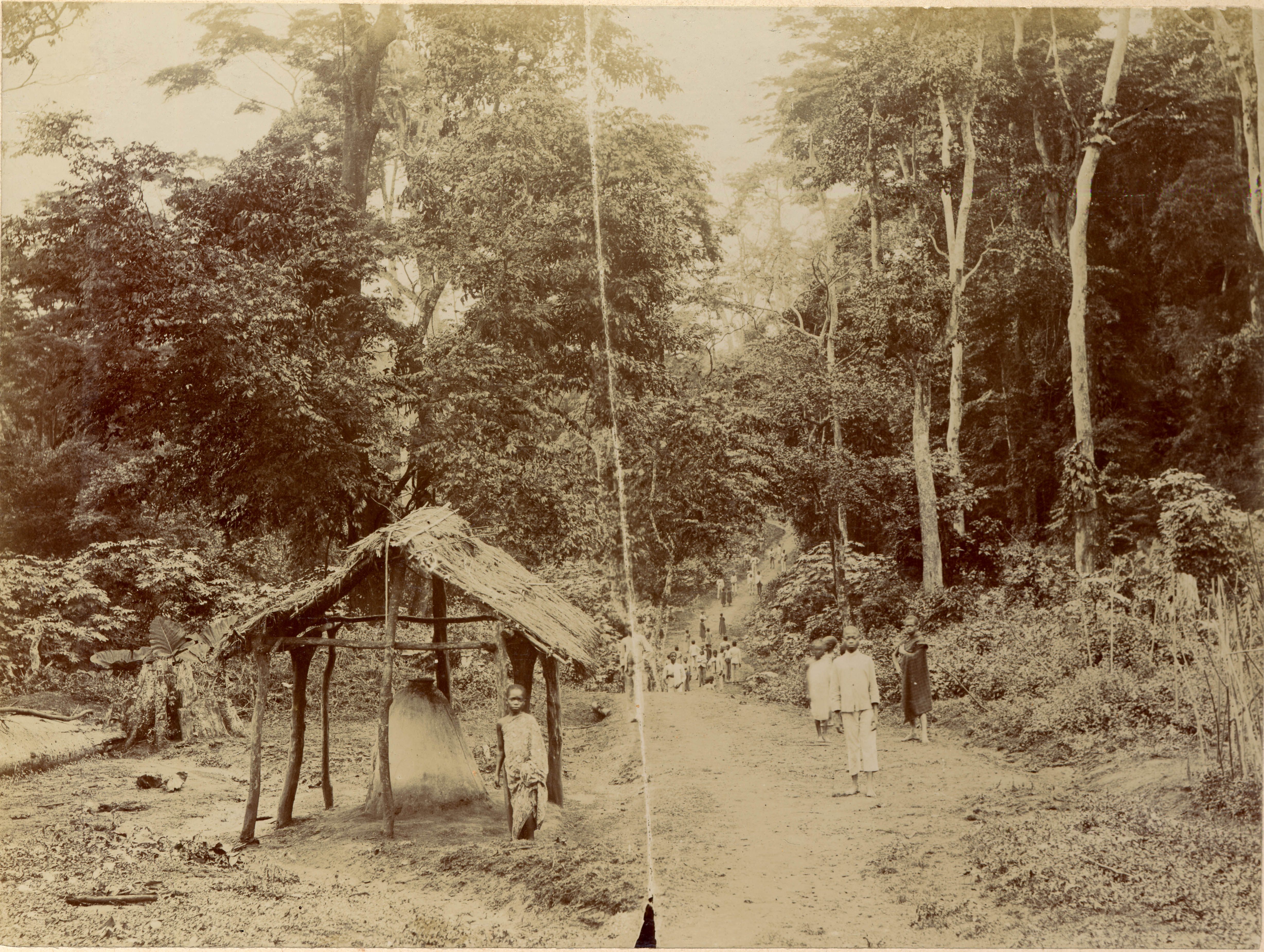
An example of a missionary postcard. These postcards were produced by mission sending agencies and distributed throughout Europe and America with the intent of promoting support for the missions’ work.
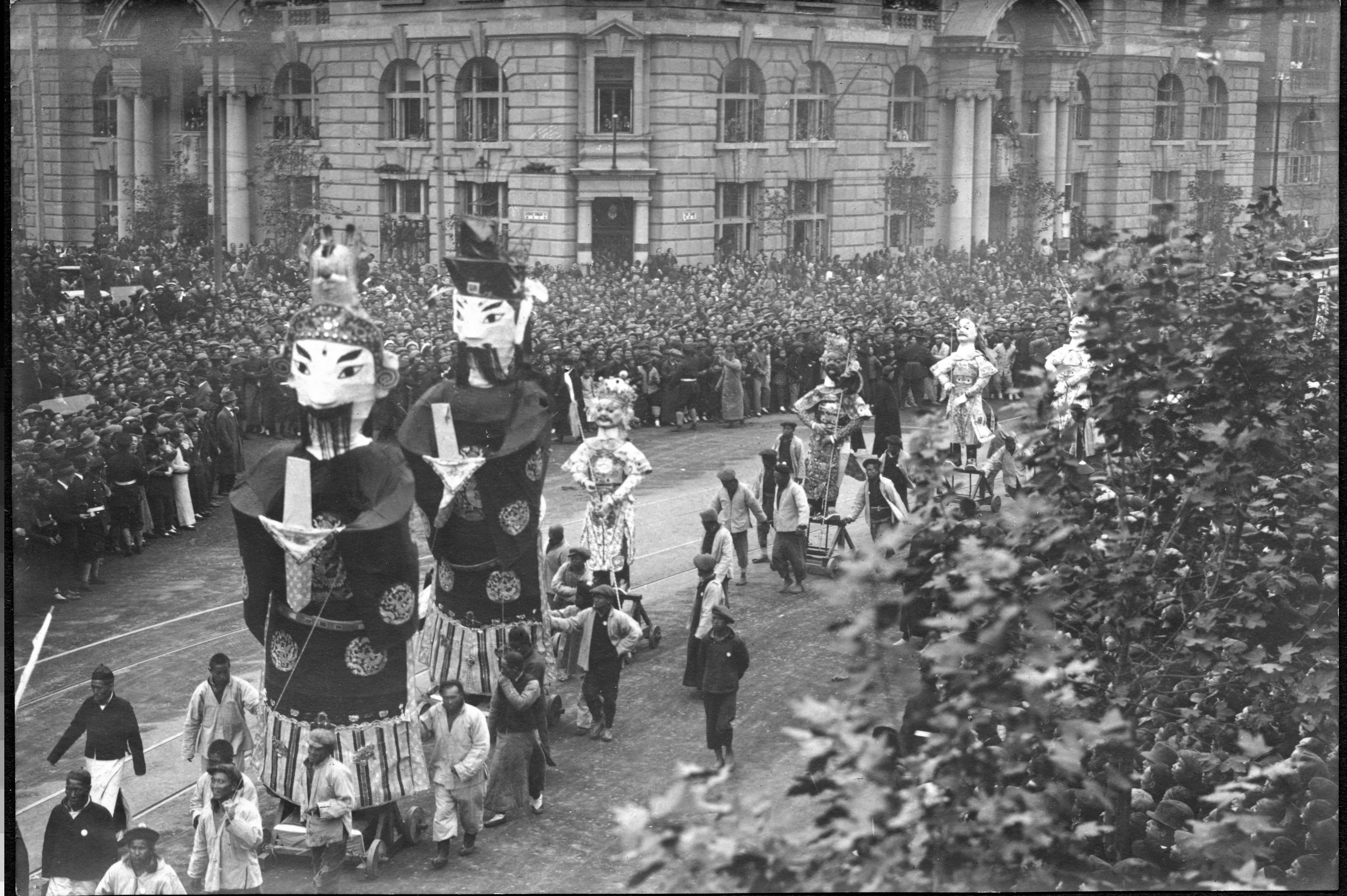
Crowds line the streets to watch larger-than-life effigies during a funeral procession in Shanghai, China. The photo was taken sometime between 1915 and 1920 by Bishop William P. Roberts, the last American Bishop consecrated to work in the Chung Hua Sheng Kung Hui (the Holy Catholic Church of China) before it was shut down during the Communist Revolution.
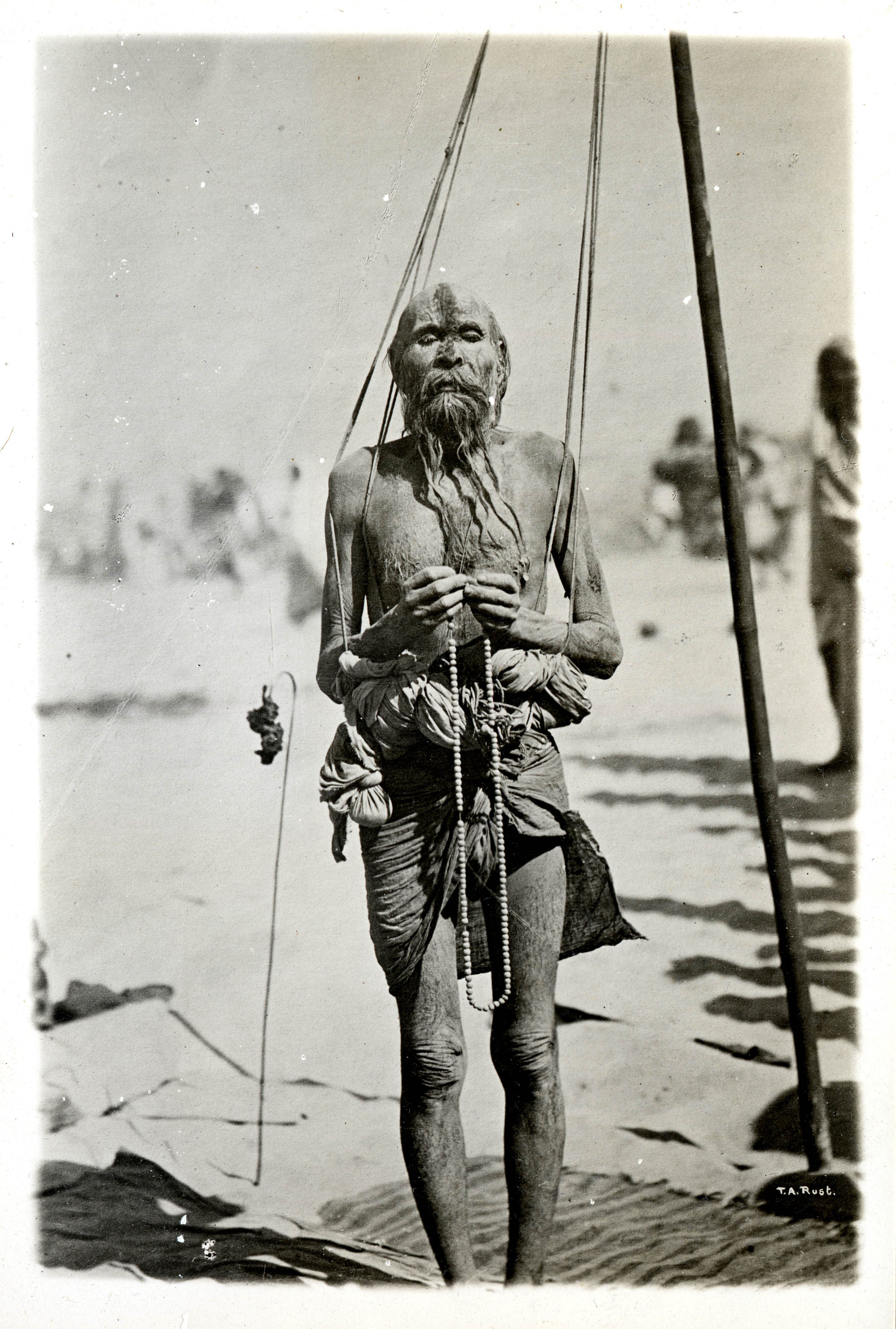 This photo, also from the albums of W.K. Norton, shows a Hindu man who vowed to “never again lie down.” Ropes helped him stand up at all times.
This photo, also from the albums of W.K. Norton, shows a Hindu man who vowed to “never again lie down.” Ropes helped him stand up at all times.
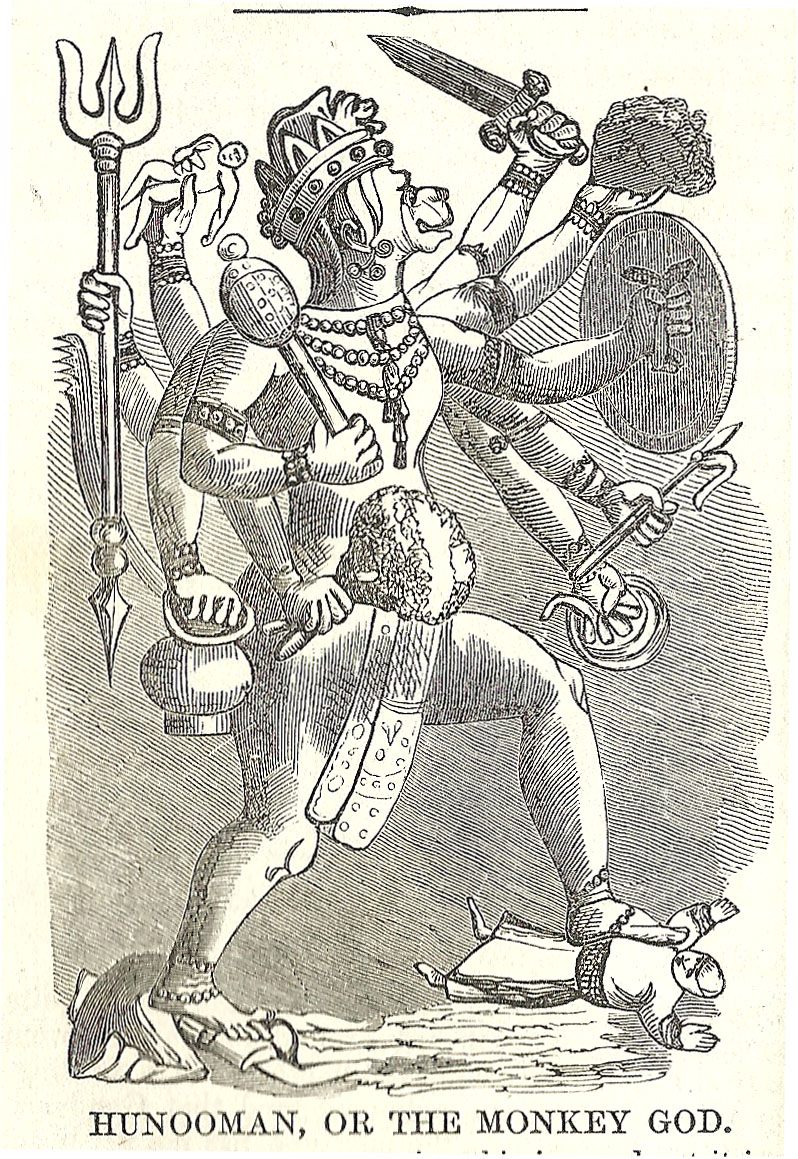
Hanuman is a deity known for his strength, courage and selflessness, and is particularly worshipped by wrestlers and as a border guard. This etched illustration, from the book “Dr. Scudder’s Tales for Little Readers about the Heathen” by John Scudder, portrays an immature Hanuman, pestering saints in a forest before he learned to use his powers for good.

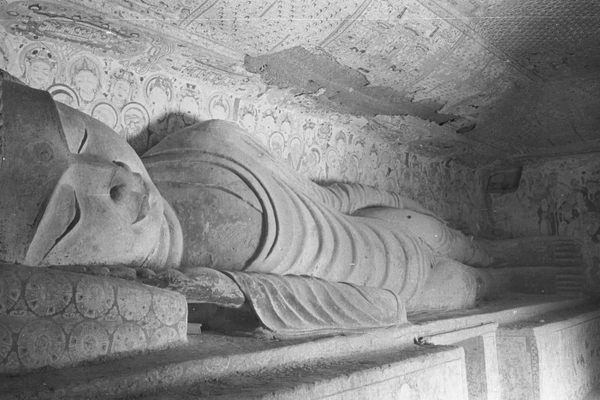
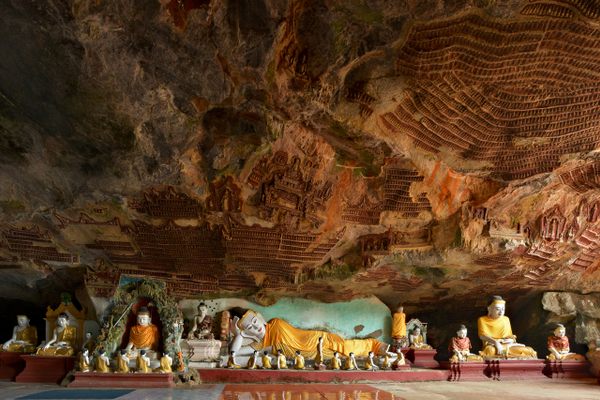










Follow us on Twitter to get the latest on the world's hidden wonders.
Like us on Facebook to get the latest on the world's hidden wonders.
Follow us on Twitter Like us on Facebook